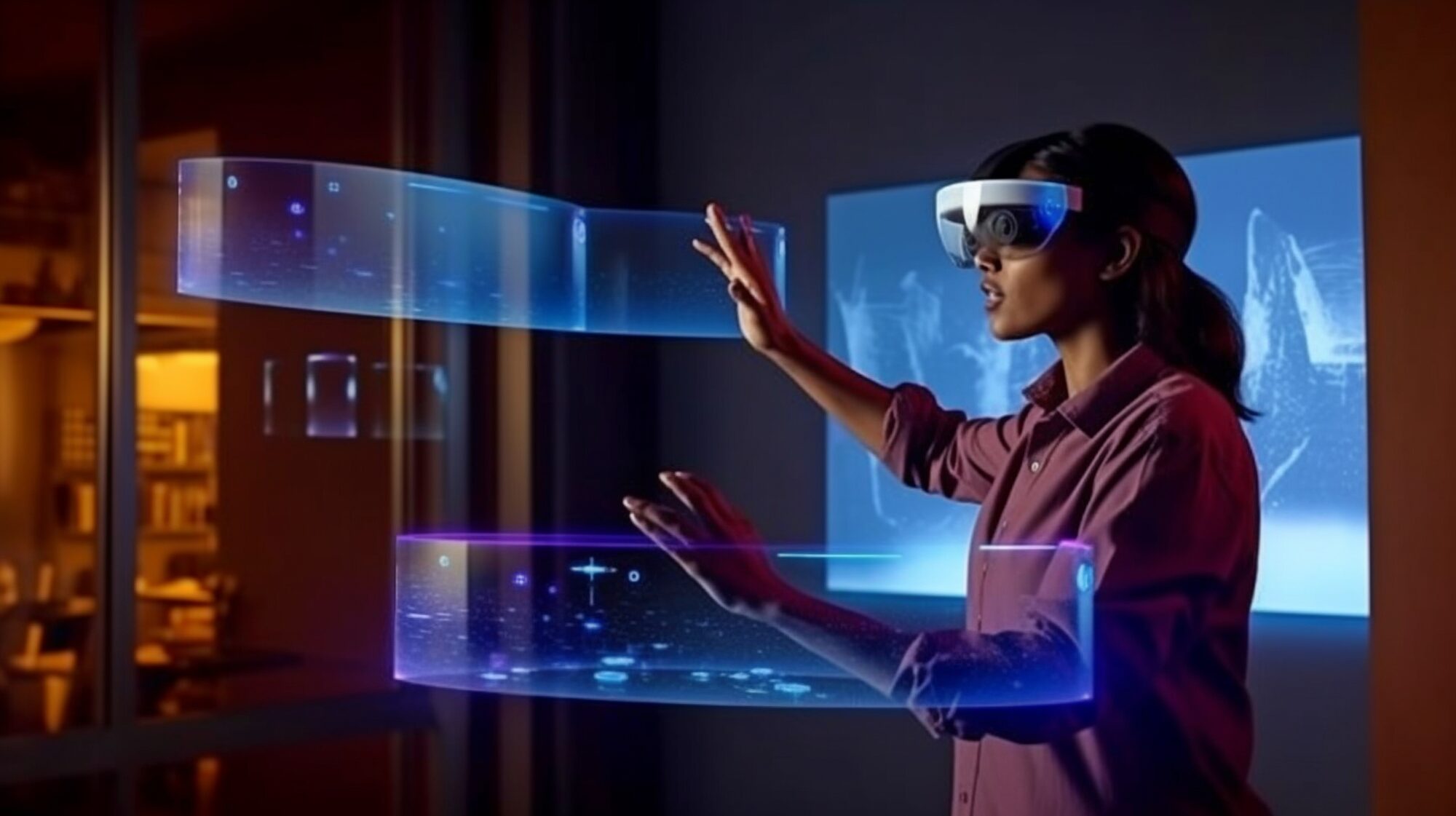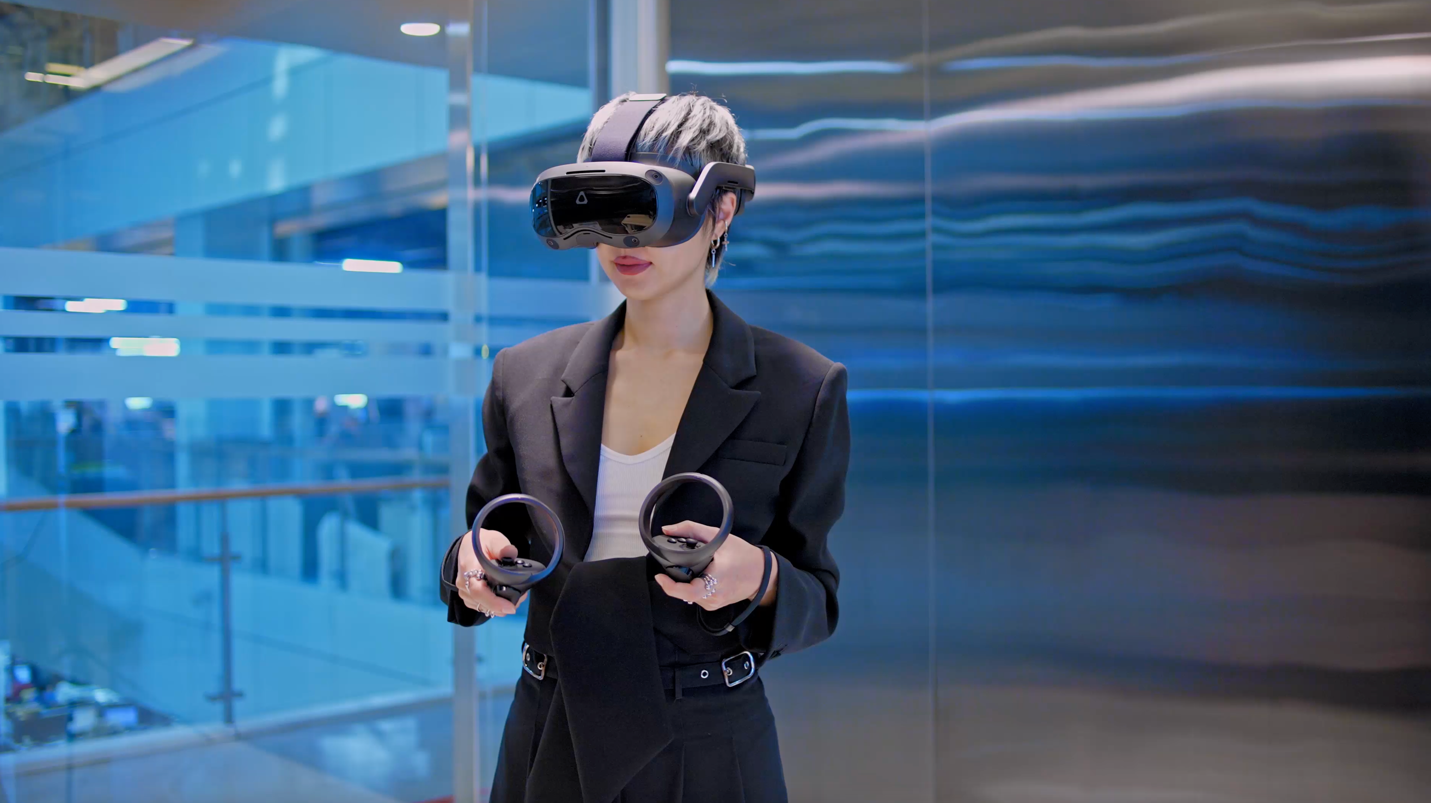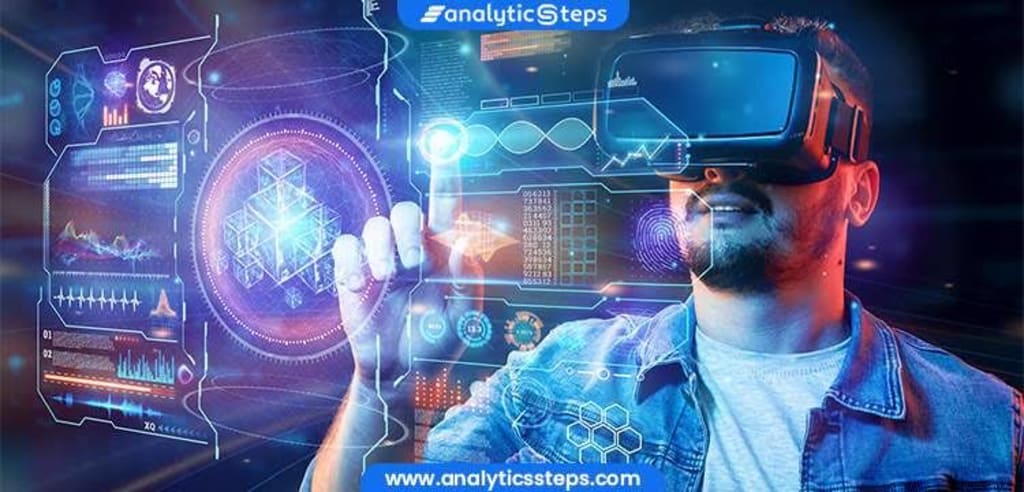Virtual Reality (VR) is no longer confined to the realm of science fiction. It has seamlessly integrated into our daily lives, revolutionizing various industries such as video games, medicine, education, and more. This article delves into the intricacies of Virtual Reality, exploring its origins, applications, and future prospects.
What is Virtual Reality?
Virtual Reality is a computer-generated environment that simulates scenes and objects, creating a sense of immersion for the user. Through the use of specialized headsets or helmets, individuals can perceive and interact with this artificial world as if it were real. Virtual Reality enables us to transcend our physical limitations and engage in activities such as gaming, medical procedures, and sports training with unparalleled realism.

The concept of Virtual Reality dates back several decades, with one of the earliest devices being the Sensorama, invented in the mid-1950s. This machine provided users with a multi-sensory experience, incorporating 3D movies, odors, and vibrations. Over time, advancements in technology and software have propelled the evolution of Virtual Reality, resulting in more sophisticated devices and interface designs.
The Difference Between Virtual Reality and Augmented Reality
It is not uncommon for people to confuse Virtual Reality with Augmented Reality (AR). While both technologies offer immersive experiences, they differ in their approach. Virtual Reality constructs an entirely artificial world through a headset, immersing users within this virtual environment. On the other hand, Augmented Reality overlays digital elements onto the real world, enhancing our perception of reality rather than replacing it.
A prime example of Augmented Reality is the popular game Pokémon Go, where virtual creatures are placed within the player’s real-world surroundings. Additionally, there exists a hybrid technology known as mixed reality, which combines elements of both Virtual Reality and Augmented Reality. Mixed reality enables users to interact with virtual objects within their physical environment seamlessly.
Applications of Virtual Reality

Virtual Reality has found applications in various industries, transforming the way we experience and interact with the world. Let’s take a closer look at some of the sectors harnessing the power of Virtual Reality:
1. Medicine
Virtual Reality has made significant strides in the field of medicine, offering innovative solutions for both treatment and training. Researchers at the Spanish National Research Council have successfully reduced the effects of Parkinson’s disease in patients through VR-based therapies. By immersing patients in virtual environments, VR therapy has proven effective in improving motor skills and overall well-being.
2. Education
In the realm of education, Virtual Reality has emerged as a powerful tool for enhancing learning experiences. By creating immersive virtual environments, students can explore historical landmarks, dissect complex anatomical structures, and engage in interactive simulations. VR not only improves knowledge retention but also caters to students with learning difficulties, fostering a more inclusive educational environment.
3. Entertainment
Virtual Reality has revolutionized the entertainment industry, offering users unparalleled immersive experiences. With VR headsets, individuals can enter virtual worlds, becoming active participants in video games, movies, and other forms of entertainment. From exploring fantastical realms to engaging in adrenaline-pumping sports, Virtual Reality transports users beyond the confines of their physical space.
4. Architecture
Virtual Reality has become an invaluable tool for architects, enabling them to visualize and present their designs with utmost precision. By creating virtual replicas of physical spaces, architects can gain a deeper understanding of spatial relationships and test different design iterations. VR also facilitates client presentations, allowing stakeholders to experience and provide feedback on architectural projects before they are realized.
5. Industry
In the industrial sector, Virtual Reality has paved the way for digital twins – exact digital replicas of physical objects. Factory workers can utilize these digital twins to practice and test their skills in a virtual environment, reducing the risk of errors and optimizing operational efficiency. This technology has proven particularly useful in training scenarios and has the potential to revolutionize industries such as manufacturing and logistics.
6. Culture and Art
Virtual Reality has opened new avenues for experiencing and appreciating culture and art. Museums and galleries now offer virtual visits and immersive exhibitions, allowing individuals to explore historical artifacts and masterpieces from the comfort of their homes. These virtual experiences provide a deeper understanding of the cultural significance and historical context associated with each work of art.
7. Military
The military sector has embraced Virtual Reality for training purposes, simulating combat environments to enhance soldier preparedness. The UK Ministry of Defence utilizes VR technology to immerse soldiers in realistic scenarios, enabling them to practice tactical maneuvers and decision-making skills. Virtual Reality training enhances soldiers’ situational awareness and ensures they are adequately prepared for real-world combat situations.
The Future of Virtual Reality

Virtual Reality is poised for exponential growth, with IDC Research projecting a 21-fold increase in investment in VR and AR over the next four years. By 2022, the combined investment in these technologies is expected to reach 15.5 billion euros. Companies across various sectors are recognizing the potential of VR and AR in their digital transformation strategies, with spending in this area surpassing that of the consumer sector.
As the demand for VR applications continues to rise, there are several areas that require further development. Affordability remains a key factor, with the market calling for more accessible VR solutions. Additionally, improvements in VR interfaces are necessary to eliminate issues such as clipping, where solid objects appear penetrable. Motion sickness, caused by the disparity between body movement and virtual visual cues, also needs to be minimized.
Major tech companies are already working towards developing wireless headsets with high-definition visuals. Virtual Reality headsets with 8K resolution and powerful processors are on the horizon, and there are even discussions of integrating Artificial Intelligence into VR experiences. The advent of the 5G standard further paves the way for VR’s evolution, enabling seamless connectivity and real-time streaming of high-quality VR content.
Virtual Reality is not just a vision of the future; it has become an integral part of our present and will continue to shape the world in the years to come. As technology advances and VR becomes more accessible, the possibilities for immersive experiences and transformative applications are endless.
In this new technological era, Virtual Reality represents a gateway to another dimension, where the boundaries between the real and the virtual blur, offering us a glimpse into the limitless possibilities of human imagination.
